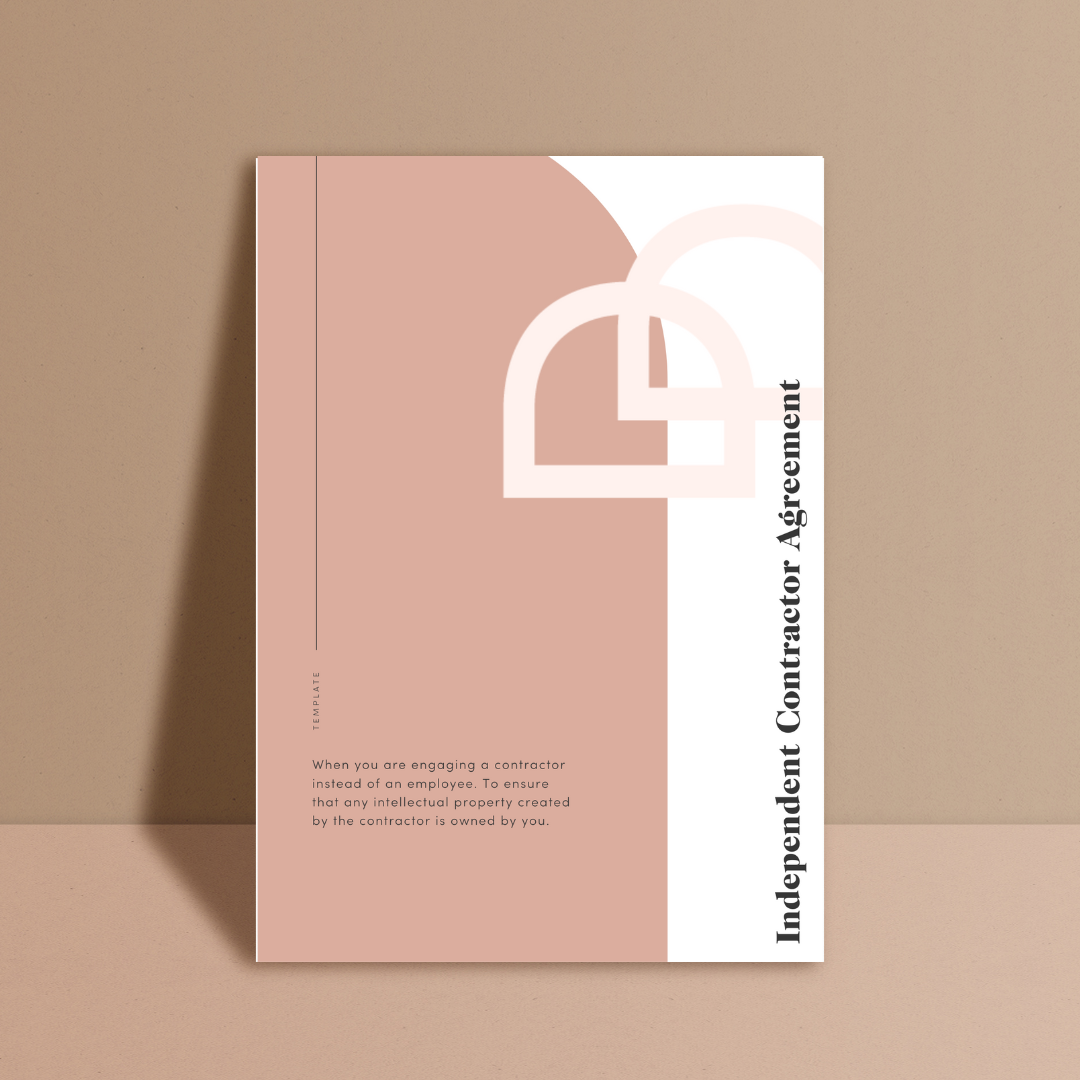Sending a demand letter can be the make-or-break moment in getting paid what you’re owed. But one misstep, whether it’s too emotional, not specific enough, or legally flimsy, can mean no response, no payment, and a whole lot of frustration.
Whether you’re a freelancer chasing overdue invoices, or a creative entrepreneur setting boundaries, your demand letter needs to be solid. Let’s walk through the biggest mistakes people make, and how to avoid them.
Table of Contents
- Lack of clarity and specifics
- Letting emotions take over
- Missing key information
- Unrealistic deadlines
- Empty legal threats
- Skipping legal formalities
- Not keeping records
- The legal risk of a bad Demand Letter
- How to get it right
- Wrap-Up
What is a Demand Letter?
A demand letter is a formal written notice you send to request payment, action, or a resolution before escalating the issue to legal proceedings. It outlines what happened, what’s owed, your expectations, and the consequences of inaction. Think of it as your legal nudge, a final chance for the other party to do the right thing before things get more serious.
Top mistakes to avoid
1. Lack of clarity and specifics
Don’t be vague. If you want to be taken seriously, your letter must be laser-focused. State the facts: what was agreed, what went wrong, how much is owed, and what you expect by when.
What to include:
- Clear description of the issue
- Exact amount due
- What the recipient needs to do to resolve it
- A specific deadline
Example:
Instead of “You haven’t paid me,”
Say:
"You hired me to design your business website under our agreement signed on 1 April 2025. I completed the project on 20 April 2025. The agreed payment of $2,200, as detailed in Invoice #789, was due on 25 April 2025 and has not been paid."
2. Letting emotions take over
Frustrated? Fair enough. But rage-writing your demand letter won’t help. Threats, sarcasm, or personal digs can undermine your credibility, and possibly damage your legal case.
Better approach:
Stay firm but respectful, focusing on the facts.
Example:
Avoid:
"You’ve left me no choice but to sue your dishonest company!"
Use:
"If payment is not received within 10 business days from the date of this letter, I will be considering my legal options, including formal debt recovery procedures."
Keep it professional, polite, and firm. Be the calm voice in the room, even when you're seething behind the scenes.
3. Missing key information
No one wants a mystery letter. If you forget to include dates, amounts, invoice numbers, or prior communication history, your demand letter loses its power, and the other party may genuinely not know what you’re referring to.
Use a proper demand letter template to ensure you include everything that matters.
What to include:
- The date the services were provided or the contract was signed
- The invoice number and due date
- The total amount outstanding
- A summary of previous communications or attempts to resolve the issue
- Any penalties for late payment (if applicable and previously agreed)
Example:
Instead of saying:
"I’m still waiting on payment."
Say:
"On 2 May 2025, I provided social media management services as per our agreement dated 10 April 2025. Invoice #123, totaling $1,500, was due on 16 May 2025 and remains unpaid. I emailed reminders on 20 May and 27 May but have received no response."
4. Unrealistic deadlines
Telling someone they have 24 hours to pay or else? It’s more dramatic than effective. Too-short deadlines feel unreasonable; open-ended ones lack urgency.
Give a clear timeframe, typically 7 to 14 days, for them to respond or take action.
Example:
Unclear: "Please pay ASAP."
Clear: "Please arrange payment in full by 5 July 2025, which is 10 business days from the date of this letter."
5. Empty legal threats
Bluffing about taking immediate legal action when you haven’t even sought advice can erode trust and backfire legally.
Example:
Don’t say: "I’ll sue you tomorrow and take everything you own!"
Say: "If payment is not received within 14 days, I will consider pursuing the matter through a small claims process or engaging a legal representative to assist with debt recovery."
Only mention legal consequences if you’re prepared to follow through, and ideally, after getting legal advice.
6. Skipping legal formalities
Demand letters aren’t just angry emails, they’re legal documents. Forgetting to include your legal name, business details, or a physical address could make your letter invalid or non-compliant, especially in formal disputes.
Checklist:
- Your name and business details (ABN included)
- Recipient’s correct legal name and address
- Date the letter is issued
- Signature or digital signature if sent electronically
Pro tip: Use a legally drafted template to stay compliant and confident.
7. Not keeping records
If you don’t have proof you sent the letter, or can’t show what you said, you’ll be at a disadvantage if the situation escalates.
Example best practices:
- Save a PDF copy of the letter
- Send it via email with a read receipt, or post with tracking
- Keep records of follow-ups or responses
Tip: Create a demand letter folder with all related documents to stay organised if legal action becomes necessary.
The legal risk of a bad Demand Letter
A sloppy demand letter can:
- Delay resolution: If it’s confusing, missing info, or too aggressive, the recipient might ignore it altogether.
- Undermine your case: If you later escalate to court, the judge may view a poor demand letter as unprofessional or even damaging.
- Cost you money: Time wasted on ineffective letters can mean more legal fees and missed opportunities to settle.
How to get it right
Here’s how to craft a strong, strategic demand letter:
✅ Use a lawyer drafted demand letter template
✅ State facts clearly and calmly
✅ Include all relevant details (dates, names, invoices, actions taken)
✅ Set a realistic deadline for response
✅ Keep a record of communication
✅ Avoid emotional or aggressive language
✅ Be consistent with your tone and follow through if needed
Need a demand letter but want to skip the stress? We’ve got you covered.
Wrap-Up
A demand letter is your legal power play, but only if you get it right. Avoiding these common mistakes helps ensure your letter is taken seriously, increases the chance of prompt payment, and keeps your business protected.
Don’t leave it to guesswork.
Use our Letter of Demand Template created by lawyers, designed for creatives, and ready to use.
More Legal Goodness
Want to feel even more legally savvy?
Check out these other helpful reads on the blog:
Want ongoing legal support without the hefty bill?
If you’re sending a demand letter, chances are legal hiccups pop up more than you’d like. That’s where The Legally Legit Lounge® Membership comes in. You’ll get ongoing access to our team, exclusive resources, and support that’ll recoup its cost after just one or two smart legal questions.
Whether it’s following up on unpaid invoices, reviewing contracts, or dodging red flag clients, you’ll be glad to have a lawyer in your corner, without the eye-watering hourly rate.
👉 Join The Legally Legit Lounge™ Membership here.
SIGN UP TO OUR FREE BUSINESS CHECKLIST
***Disclaimer. Please read!!***
This article is for general information purposes only and should be used solely as general guidance. It does not and is not intended to represent legal advice or other professional advice.
All rights reserved. © Foundd Legal Pty Ltd























